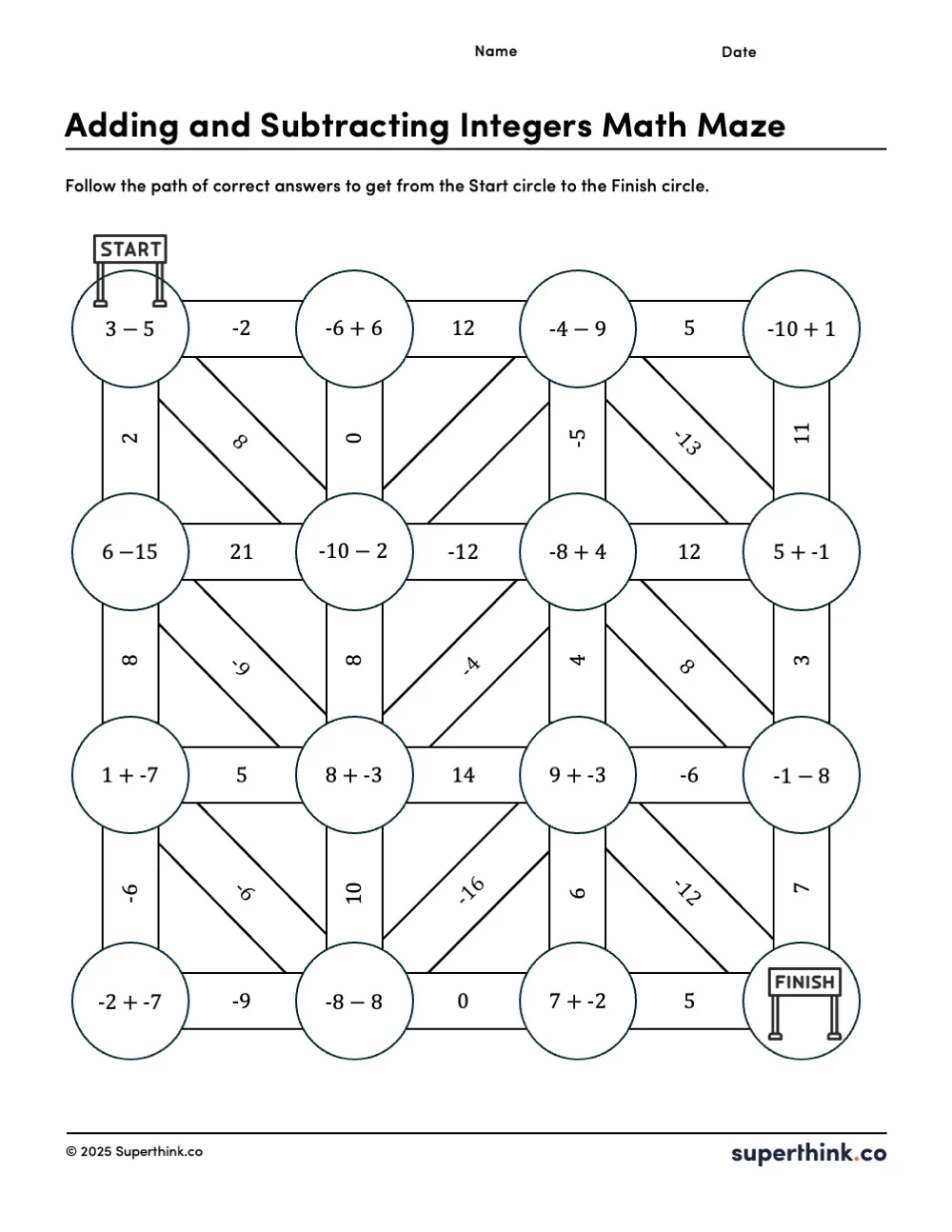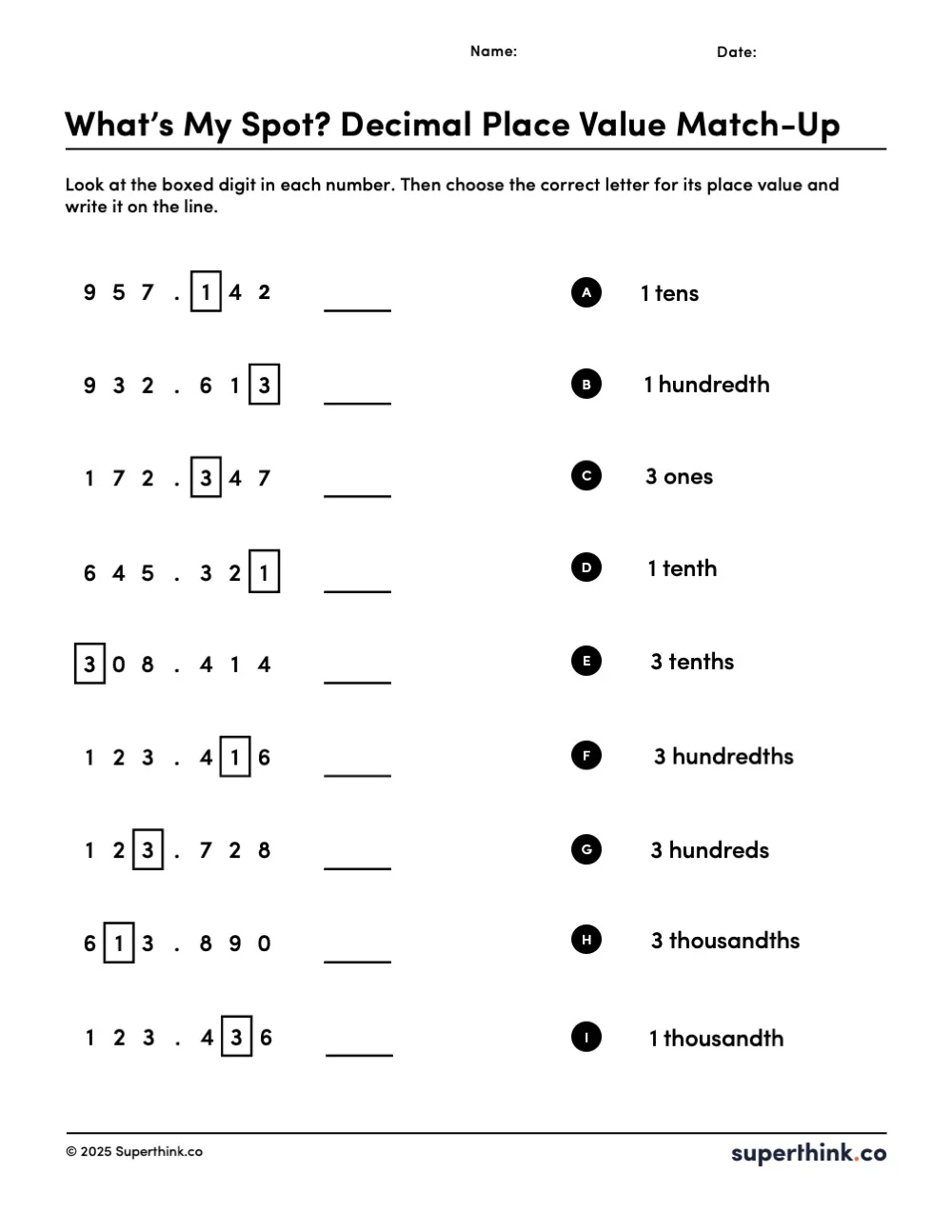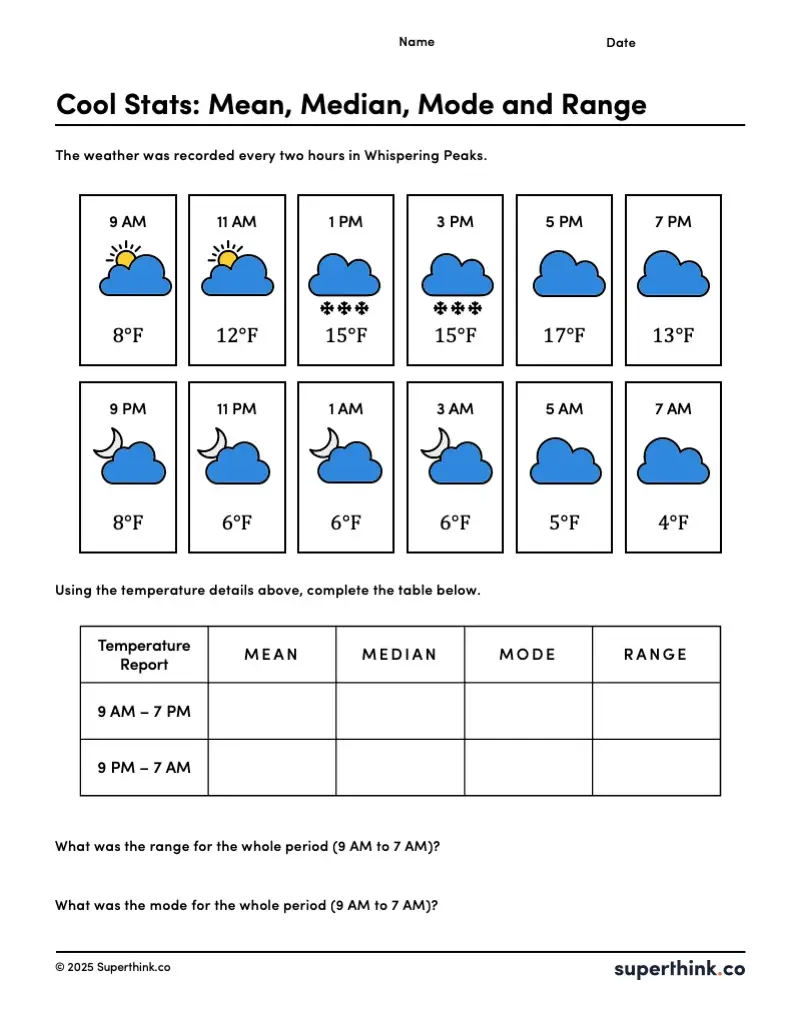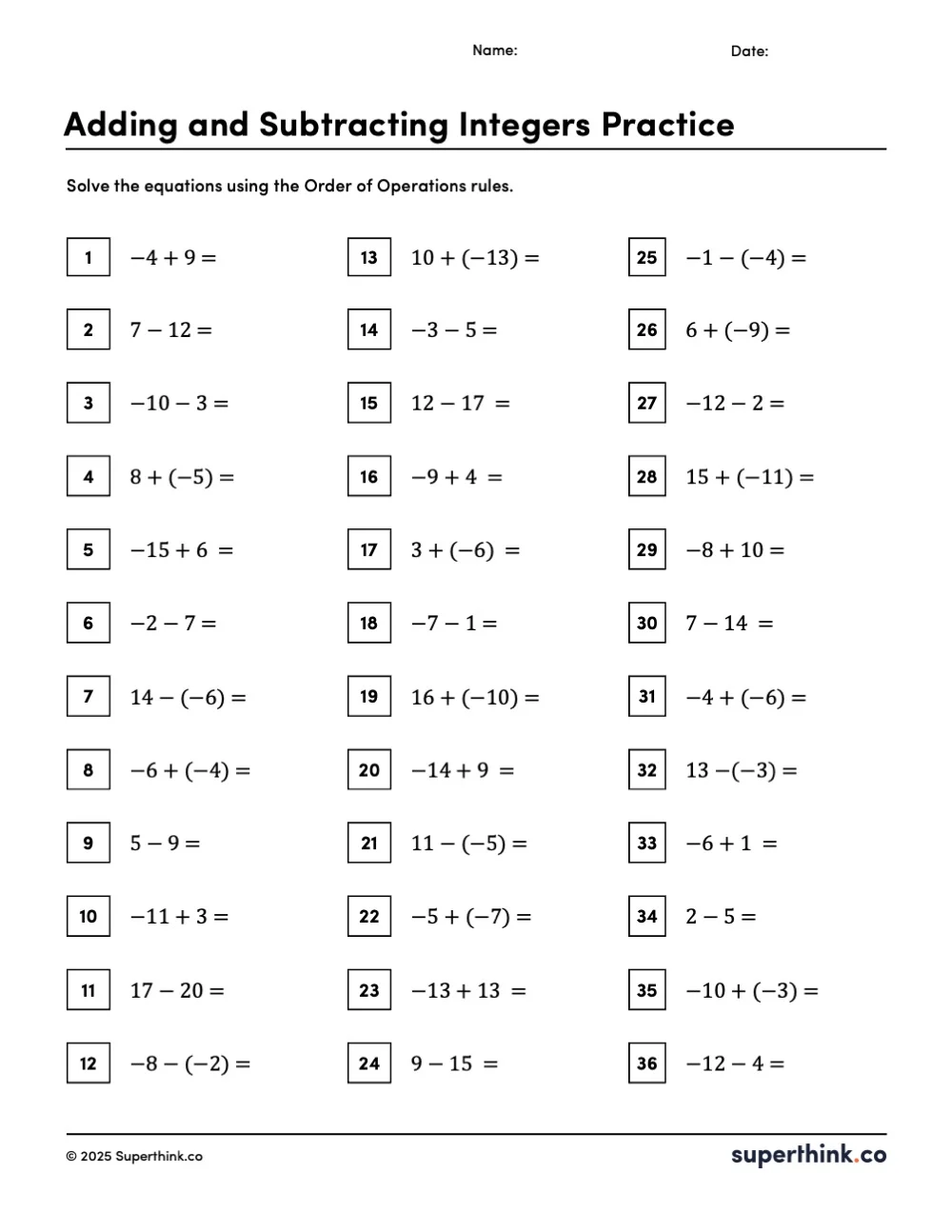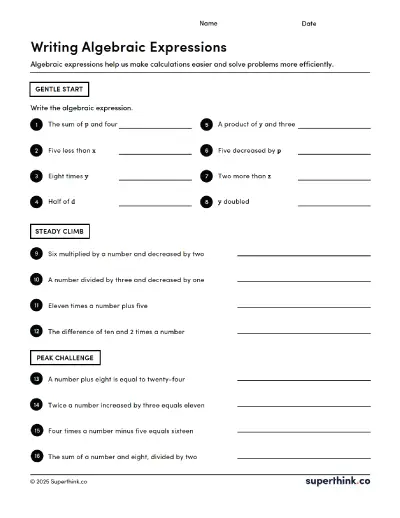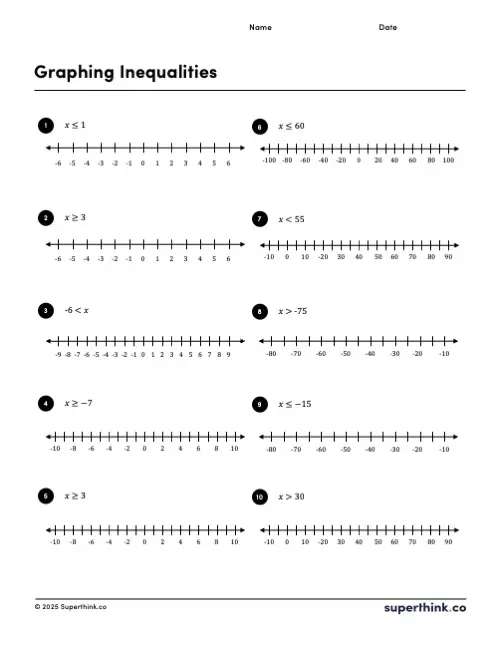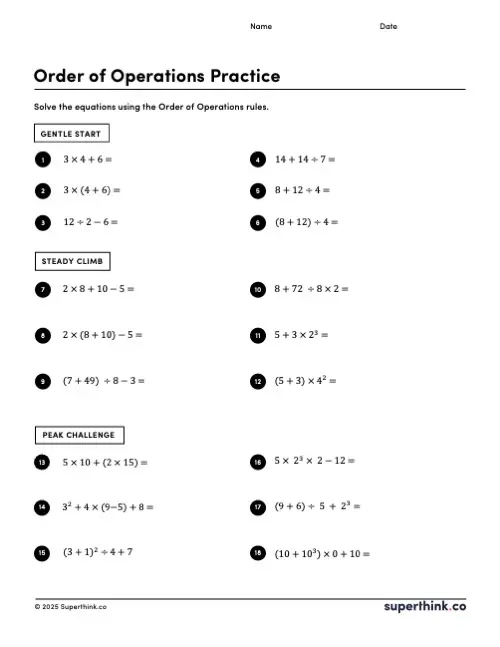About This Adding and Subtracting Integers Worksheet
This adding and subtracting integers math maze worksheet challenges students to practice adding positive and negative integers in a fun and engaging way. Students solve each problem and follow the correct path through the maze by choosing the right answers. This worksheet is great for reinforcing integer addition and subtraction skills and building confidence in math problem-solving. Perfect for classroom activities, homework, or extra practice!
Why Adding and Subtracting Integers Is Essential
Real-World Applications of Positive and Negative Numbers
Understanding integers isn’t just about passing a math test. It’s a life skill! Here are a few places where positive and negative numbers are part of daily life:
- Bank Accounts: Balancing a checkbook or monitoring savings means working with deposits (positive numbers) and withdrawals (negative numbers).
- Temperature Readings: Weather forecasts often use numbers above and below zero on the thermometer.
- Elevation Measurements: Think sea level (0 feet), mountain peaks (positive values), and ocean depths (negative values).
When students grasp how integers work, they gain tools to understand the world around them in practical and meaningful ways.
Importance for Middle School Math and Algebra Readiness
Adding and subtracting integers is a key skill in the middle school math curriculum. These concepts prepare students to tackle:
- Fractions and decimals involving negatives
- Pre-algebra equations
- Solving real-world problems involving variables
By the time they enter high school, they’ll feel confident navigating equations that involve both positive and negative values.
Tips for Teaching Integers to Middle Schoolers
Use Visual Models and Tools
For many students, visualizing integers makes abstract concepts much clearer.
- Number Line: Show how moving forward adds and moving backward subtracts.
- Color Coding: Use red for negative integers and blue for positive ones to reinforce patterns visually.
- Counters with Opposite Sides: Manipulatives like chips with a different color on each side (red for negative, yellow for positive) are a fun and hands-on way to teach.
Bring in Real-Life Examples
Ground students’ learning in examples they encounter every day:
- “Imagine it’s freezing outside, and the temperature drops 5 degrees. What’s the new temperature?”
- “You owe your friend $10, but then you pay back $6. How much do you still owe?”
These examples show students how integers are part of their lives, making learning relevant and engaging.
Games You May Like
This integer card game, developed by a math teacher, is very well-liked by students!
Why Are Math Mazes So Fun?
Math mazes turn ordinary practice into an exciting puzzle. Instead of working through a list of problems, students follow a path, solving as they go and making choices along the way. That sense of movement and discovery keeps kids curious and engaged.
Because each correct answer leads them forward, mazes also provide instant feedback. If they hit a dead end, they know to go back and try again, which builds confidence and persistence. It feels more like a game than a worksheet, which makes practice time something students look forward to.

